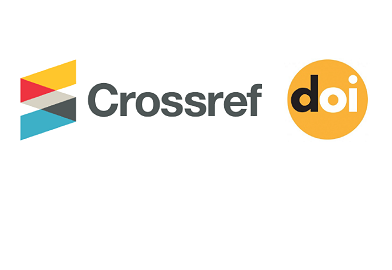Wound Healing Effectiveness of Berberis baluchistanica and Daphne oleoides Extracts Native to Pakistan
DOI:
https://doi.org/10.61744/hjp.v3i2.70Abstract
Traditionally in Turkish medicines, Berberis baluchistanica and Daphne oleoides plant are used for the treatment of rheumatism, fever, lumbago, gonorrhea, boils, snake bite antidote, piles, hemorrhoids, as laxative, ulcers and wound healing. The study objective was based on the scientific investigation of traditional claim of wound healing potential of both these wild plants extract in healthy inbreed male albino rats. The wound healing activity of both the extracts was evaluated by adopting excision and incision wound models with a topical dose of 100 mg/kg b.w /day. Wound healing process effectiveness was assessed by measuring wound contraction and epithelization period, measurement of tensile strength of healing skin and histopathological studies of granulating tissue. D. oleoides roots crude methanolic extract (CME) encouraged pronounced wound repairing process in both adopted wound models. In this case, boosted wound retrenchment rate (P < 0.001), shrinkage of epithelialization period (10.13 ± 0.11), high skin disintegration strength (410.0 ± 1.8) and remarkable enhanced granulation tissue weight (P < 0.001) were experienced in albino rats. As well as the granulation tissue histological examination exhibited more collagen with reduced inflammatory cells number propagation versus control. In B. baluchistanica stems CME treated animals, wound contraction, and granulation tissue content were not much prevailed being (P < 0.05) moderately high. The histology of the granulation tissue disclosed greater number of inflamed cells with less collagen than the D. oleoides treated animals. However, it was more amplified compared to control group. The collective research data emphasized that D. oleoides possesses significant wound management activity versus B. baluchistanica, furthermore both extracts rationalize the traditional claim to cure wounds and can be utilized in different wound healing therapies in human beings as well.







